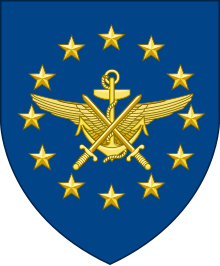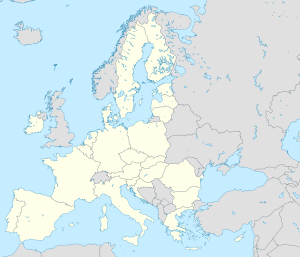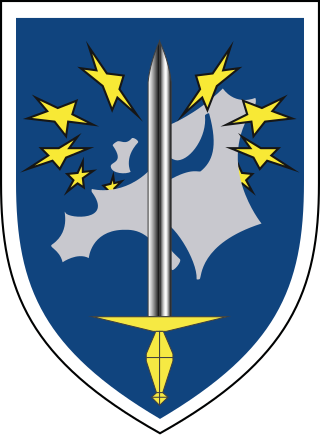
Eurocorps, located in the French city of Strasbourg (Bas-Rhin), is a multinational corps headquarters. Founded by France and Germany in 1992, it is today composed of personnel from six framework nations and five associated nations. The framework nations place the Eurocorps at the service of the European Union (EU) and NATO, which certified it in 2002 as one of its nine High Readiness Land Headquarters.
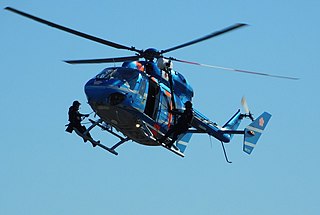
A rapid reaction force / rapid response force (RRF), quick reaction force / quick response force (QRF), immediate reaction force (IRF), rapid deployment force (RDF), or quick maneuver force (QMF) is a military or police unit capable of responding to emergencies in a very short time frame.

The European Gendarmerie Force (EUROGENDFOR) is a European rapid reaction force composed of elements of several European police and gendarmerie forces. EUROGENDFOR is tasked with performing policing tasks within the scope of crisis management operations.

The Common Security and Defence Policy (CSDP) is the European Union's (EU) course of action in the fields of defence and crisis management, and a main component of the EU's Common Foreign and Security Policy (CFSP).

An EU Battlegroup is a military unit adhering to the Common Security and Defence Policy (CSDP) of the European Union (EU). Often based on contributions from a coalition of member states, each of the eighteen Battlegroups consists of a battalion-sized force reinforced with combat support elements. Two of the battlegroups were to be capable for operational deployment at any one time. The civil power that oversees these battlegroups is the Council of the European Union.

Operation Althea, formally the European Union Force Bosnia and Herzegovina (EUFOR), is a military deployment in Bosnia and Herzegovina to oversee the military implementation of the Dayton Agreement. It is the successor to NATO's SFOR and IFOR. The transition from SFOR to EUFOR was largely a change of name and commanders: 80% of the troops remained in place. It replaced SFOR on 2 December 2004.
An international decoration is a military award which is not bestowed by a particular country, but rather by an international organization such as the United Nations or NATO. Such awards are normally issued as service medals, for participation in various international military operations, and not for specific acts of heroism or bravery.

The European Rapid Operational Force (EUROFOR) was a multinational rapid reaction force composed of forces from four states of the European Union: Italy, France, Portugal and Spain. It had a permanent staff capable of commanding operations, involving commitments of up to a Light Division in size. Eurofor was formed in May 1995 in Lisbon, and was answerable to the Western European Union (WEU) directly. It was tasked with performing Petersberg tasks, including humanitarian, peacekeeping and peace enforcement missions. With the merger of several WEU elements into the European Union, Eurofor had by and large become part of the Common Security and Defence Policy. It was eventually transformed into an EU Battlegroup and was on standby from 1 July until 31 December 2011. On 2 July 2012, Eurofor was dissolved.
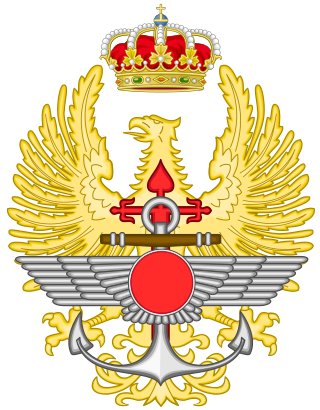
The Spanish Armed Forces are in charge of guaranteeing the sovereignty and independence of the Kingdom of Spain, defending its territorial integrity and the constitutional order, according to the functions entrusted to them by the Constitution of 1978. They are composed of: the Army, the Air and Space Force, the Navy, the Royal Guard, and the Military Emergencies Unit, as well as the so-called Common Corps.

The European Commissioner for Crisis Management is a member of the European Commission. The portfolio was previously titled Commissioner for Humanitarian Aid and Civil Protection. The post is currently held by Janez Lenarčič.
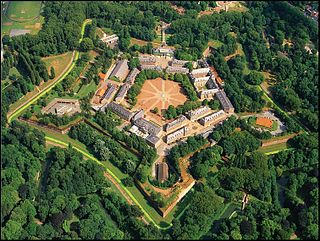
The Rapid Reaction Corps — France (RRC-FR) was created on 1 July 2005 by the French Army. It is NATO certified and capable of commanding a national or multinational land component of between 5,000 and 60,000 personnel. The corps is intended to command forces under French, EU or NATO command. It is subordinated to the French Army's Commandement des Forces Terrestres, the land forces command.
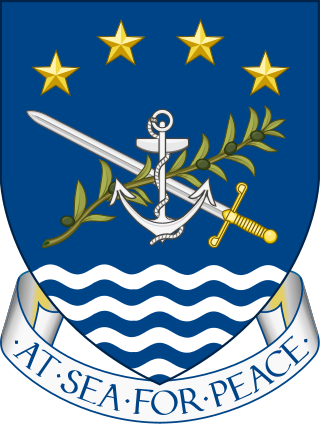
The European Maritime Force is a non-standing, military force with the current participation of France, Italy, Portugal, and Spain. The force may carry out naval, air and amphibious operations, with an activation time of 5 days after an order is received.
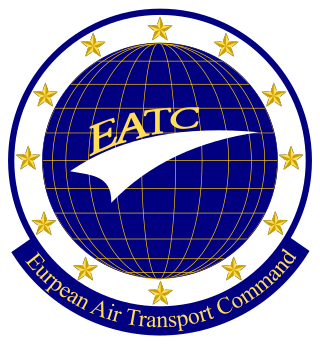
The European Air Transport Command (EATC) is the command centre that exercises the operational control of the majority of the aerial refueling capabilities and military transport fleets of a consortium of seven European Union (EU) member states. As of January 2015, the combined fleet under the authority of the EATC represents 75% of the European air transport capacity. Located at Eindhoven Airbase in the Netherlands, the command also bears a limited responsibility for exercises, aircrew training and the harmonisation of relevant national air transport regulations.
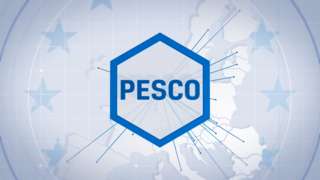
The Permanent Structured Cooperation (PESCO) is the part of the European Union's (EU) security and defence policy (CSDP) in which 26 of the 27 national armed forces pursue structural integration. Based on Article 42.6 and Protocol 10 of the Treaty on European Union, introduced by the Treaty of Lisbon in 2009, PESCO was first initiated in 2017. The initial integration within the PESCO format is a number of projects which launched in 2018.

The Multinational Medical Coordination Centre-Europe (MMCC-E) is a medical coordinating centre in support of the European medical services. It is directly subordinated to the German Armed Forces' Joint Medical Service Command and the German Surgeon General. It was formed on 1 April 2018 in the Rhine-Barracks, Koblenz, Germany, where it also has its HQ.

The Military Planning and Conduct Capability (MPCC) is a permanent operational headquarters (OHQ) at the military strategic level for military operations of up to 2,500 troops deployed as part of the Common Security and Defence Policy (CSDP) of the European Union (EU) by the end of 2020. Since its inception in 2017, the MPCC has commanded three non-executive training missions in Somalia, Mali and the Central African Republic, and will organise the training of Ukrainian forces on EU soil.

This article outlines the history of the Common Security and Defence Policy (CSDP) of the European Union (EU), a part of the Common Foreign and Security Policy (CFSP).
The European Personnel Recovery Centre (EPRC) is an intergovernmental military organisation that contributes to the development and harmonisation of policies and standards related to personnel recovery. The EPRC also provides support for education, training, exercises and operations. The EPRC was established on 8 July 2015 and is based at Poggio Renatico Air Base in Italy.

This article outlines the present structure of the European Union's Common Security and Defence Policy (CSDP), a part of the Common Foreign and Security Policy (CFSP) based on articles 42–46 of the Treaty on European Union (TEU). Article 42.2 of TEU states that the CSDP includes the 'progressive framing' of a common Union defence policy, and will lead to a common defence, when the European Council of national heads of state or government, acting unanimously, so decides.
